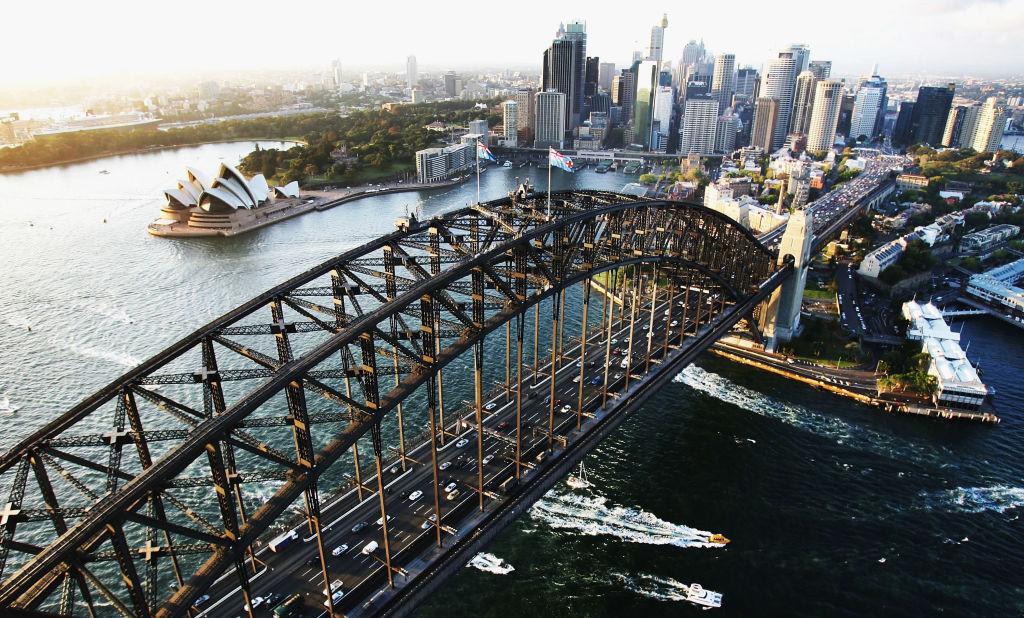Commentary
The flow of economic data has so far made June a good news month for Australia, notwithstanding the abrupt resumption of COVID-19 restrictions had on economic activity in our second-largest state.

The flow of economic data has so far made June a good news month for Australia, notwithstanding the abrupt resumption of COVID-19 restrictions had on economic activity in our second-largest state.